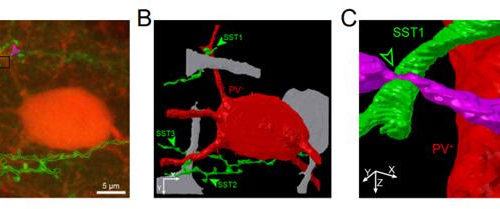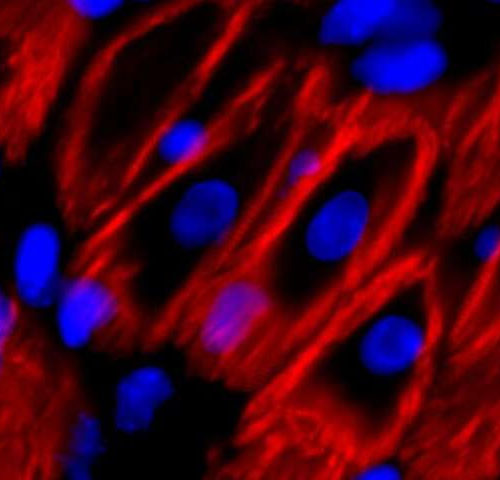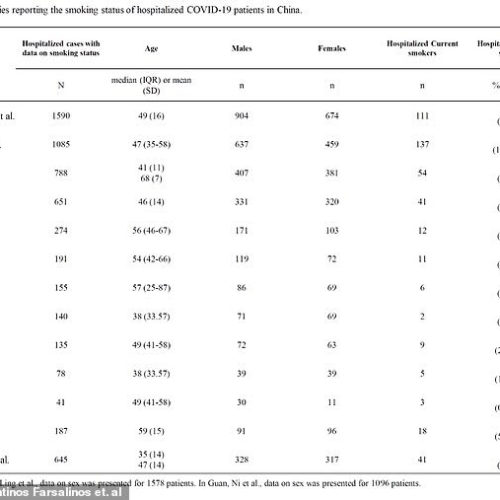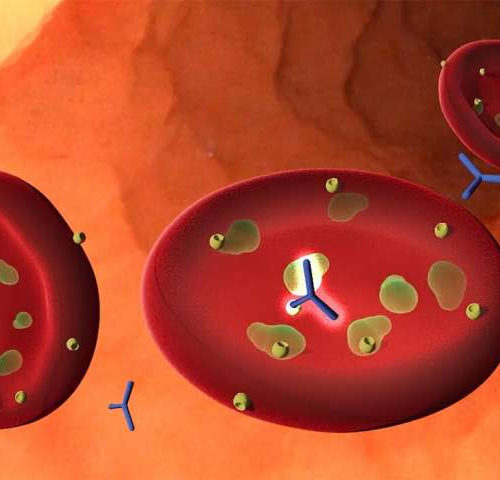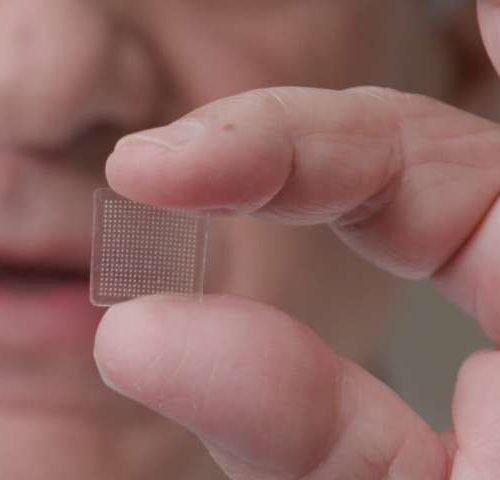by UT Southwestern Medical Center A combination of immunotherapy agents that encourages some immune cells to eat cancer cells and alert others to attack tumors put mice with a deadly type of brain cancer called glioblastoma into long-term remission, a new study led by UT Southwestern scientists suggests. The finding, published online March 20, 2020,...
Tag: <span>researchers</span>
Sensors woven into a shirt can monitor vital signs
CAMBRIDGE, MA — MIT researchers have developed a way to incorporate electronic sensors into stretchy fabrics, allowing them to create shirts or other garments that could be used to monitor vital signs such as temperature, respiration, and heart rate. The sensor-embedded garments, which are machine washable, can be customized to fit close to the body...
Sensor detects biomarker of early-stage multiple sclerosis
Diagnostic strategy developed by Brazilian researchers can also be used to distinguish MS from neuromyelitis optica, another demyelinating disorder. The two diseases have similar symptoms but must be treated differently. FUNDAÇÃO DE AMPARO À PESQUISA DO ESTADO DE SÃO PAULO Researchers at the Federal University of São Carlos (UFSCar) in Sorocaba (state of São Paulo,...
New approaches to treating obesity, metabolic syndrome and diabetes
by Immanuel Kant Baltic Federal University In the 21st century, the search for methods of treating noncommunicable diseases, such as obesity, metabolic syndrome, and diabetes are among the top priorities. Prevention and treatment of these diseases include changing and controlling lifestyle, diet, and the use of pharmaceuticals. Despite the progress in medicine and pharmacology (developing...
A study finds neuropeptide somatostatin enhances visual processing?
By: PROFESSOR SEUNG-HEE LEE, KAIST Researchers have confirmed that neuropeptide somatostatin can improve cognitive function in the brain. A research group of Professor Seung-Hee Lee from the Department of Biological Sciences at KAIST found that the application of neuropeptide somatostatin improves visual processing and cognitive behaviors by reducing excitatory inputs to parvalbumin-positive interneurons in the...
Heart cells can rejuvenate and multiply to heal damage
by UT Southwestern Medical Center UT Southwestern Medical Center scientists have discovered a protein that works with others during development to put the brakes on cell division in the heart, they report today in Nature. The findings could eventually be used to reverse this developmental block and help heart cells regenerate, offering a whole new...
French researchers to give nicotine patches to coronavirus patients and frontline workers after lower rates of infection were found among smokers
By MARY KEKATOS SENIOR HEALTH REPORTER FOR DAILYMAIL.COM A French study found that only 4.4% of 350 coronavirus patients hospitalized were regular smokers and 5.3% of 130 homebound patients smoked This pales in comparison with at least 25% of the French population that smokes Researchers theorized nicotine could prevent the virus from infecting cells or...
Study identifies potential drug treatments for telomere diseases
April 22, 2020 — A new qualitative study by researchers at Columbia University Mailman School of Public Health found that the majority of women living with HIV would endorse a monthly long acting injectable (LAI) antiretroviral therapy over current daily pills. LAI HIV therapy has completed Phase III trials and is awaiting Food and Drug...
Research reveals a new malaria vaccine candidate
by Brown University Researchers have discovered a promising new strategy for combating malaria, a mosquito-borne parasite that claims nearly a half-million lives each year. For a study reported in the journal Nature, researchers screened blood samples from children who had natural immune resistance to severe malaria infection. The study identified an antibody to a particular...
Researchers develop new microneedle array combination vaccine delivery system
by Elsevier In parallel to their current work on a potential coronavirus vaccine, researchers at the University of Pittsburgh School of Medicine have developed a new vaccine delivery system for vaccines using live or attenuated viral vectors: a finger-tip sized patch that contains 400 tiny needles, each just half of one millimeter. Their progress is...





